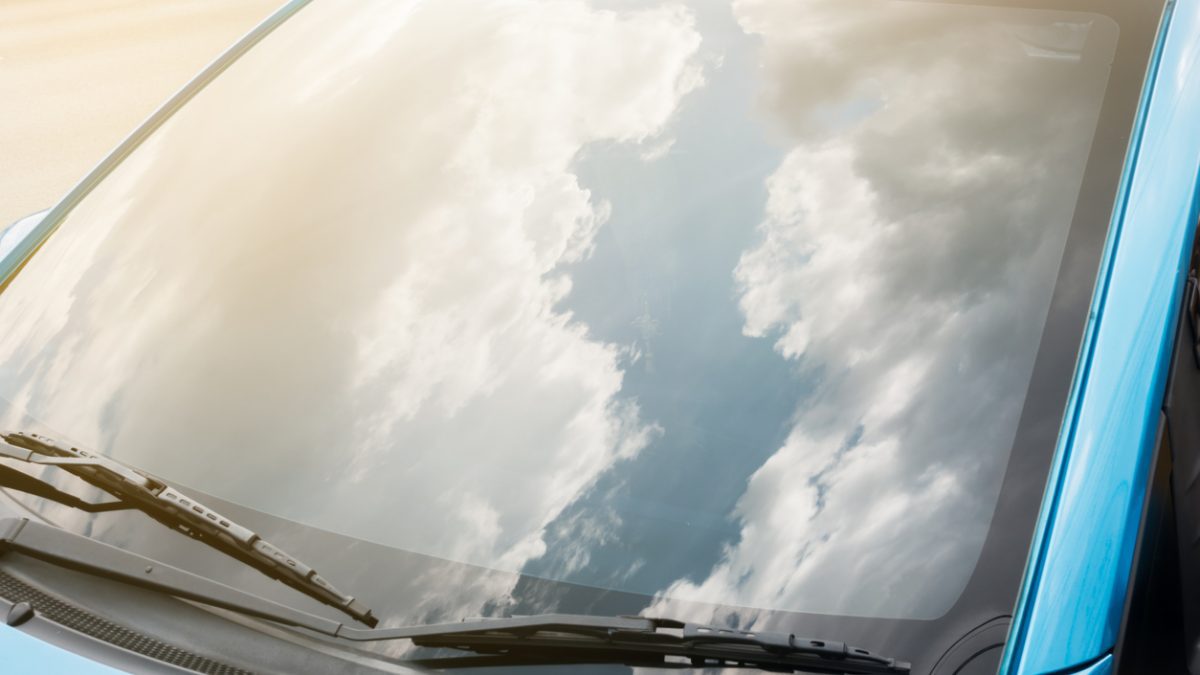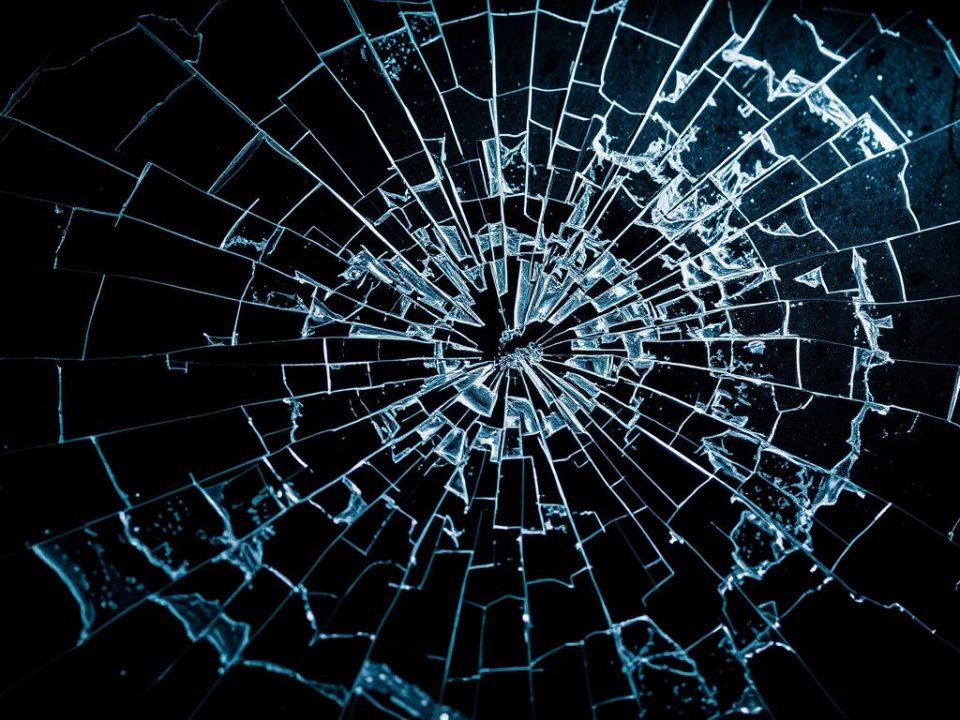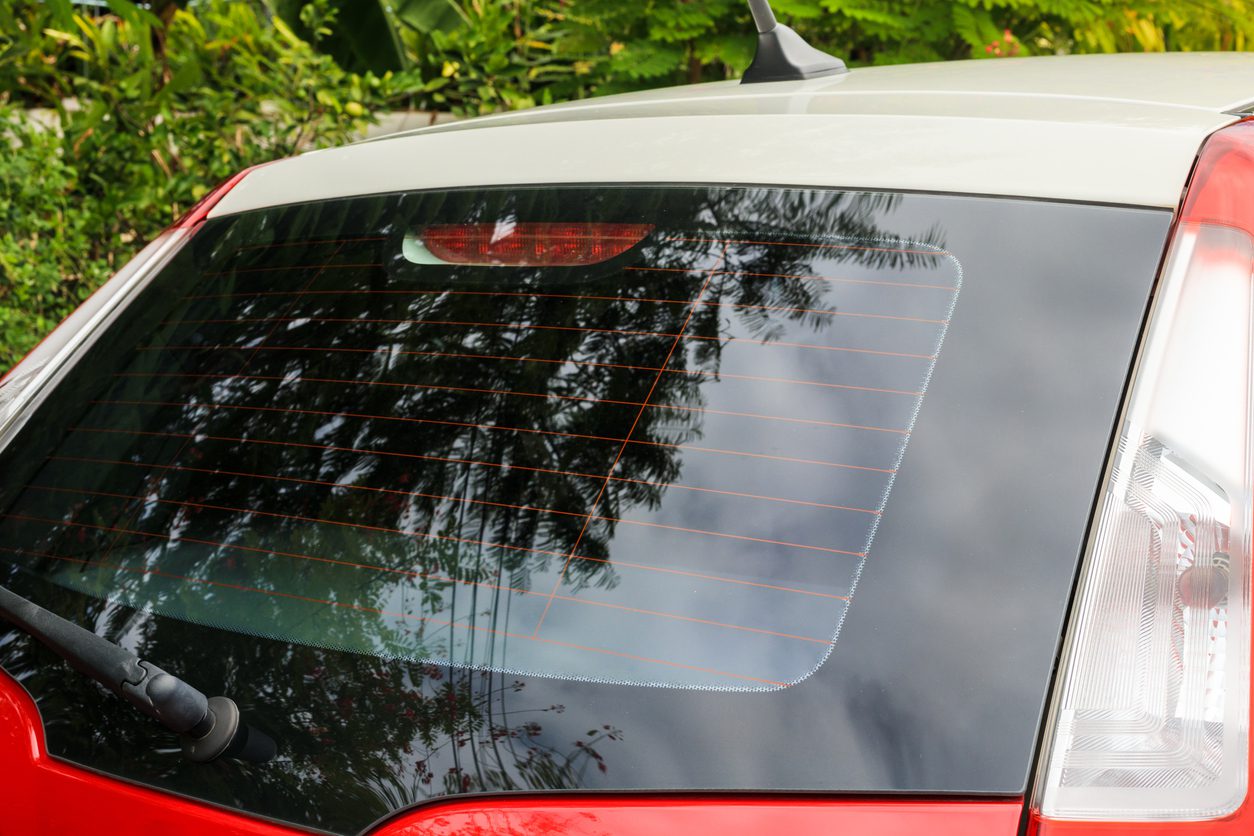
Rear Hatch Glass Technology
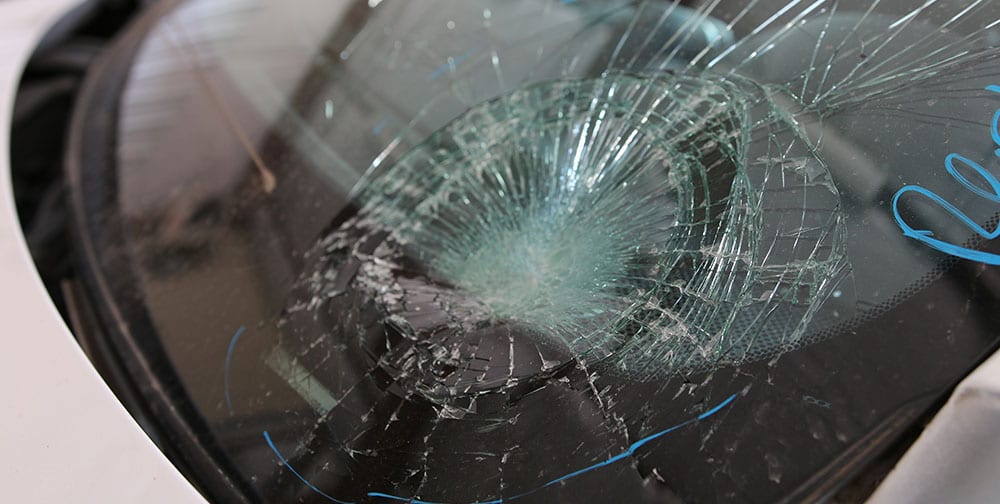
Why Windshield Repair is Necessary in San Antonio.
If you are concerned about the durability of your car’s windshield, you may be wondering, What Is A Front Windshield? In this article, we will discuss the three main types of windshields: High-impact polycarbonate, Laminated glass, and Tempered glass. After defining these types, you’ll be better prepared to choose a windshield for your car. Here’s how to pick the right one for your needs.
Glass
A front windshield is made of glass. The material that covers the windshield is laminated to protect it from the elements. There are three layers of glass in a windshield. The middle layer of glass is made of polyvinyl, which acts as glue. The windshield is only made of glass on the front of a car for the safety of the driver and passengers. A car’s front windshield must protect its passengers from debris or other objects while they are driving.
To make a front windshield, the first step is to prepare the ingredients. Silicon dioxide, also known as silica, comprises approximately 60 percent of the glass used in front windshields. Other ingredients, such as soda ash and dolomite, are added to lower the melting point of the glass. The next step is to heat the glass mixture to a specific temperature. The glass then undergoes a shaping process to create a windshield that fits the car’s design.
Laminated glass
Modern cars are built with front windshields made from safety glass that is precisely installed. Thanks to a special lamination process, the windshield is even more resistant to shattering than older models. Laminated glass is made of two layers of glass separated by a thin plastic interlayer. Objects that hit the windshield will cause the outer layer to suffer the most damage. Because of this, the glass will not fly apart even if the car is involved in a violent collision.
Many car manufacturers have shifted back to using laminated glass on front and side windows. Luxury cars like the Mercedes S-Class and the Audi A8 have a full set of laminated glass as standard, and the Audi A6 is available in Europe. Similarly, Lincoln and Chrysler now offer laminated glass side windows. Although the car companies are still reluctant to share their glazing design documents with the public, many of them are recognizing the safety benefits of laminated glass.
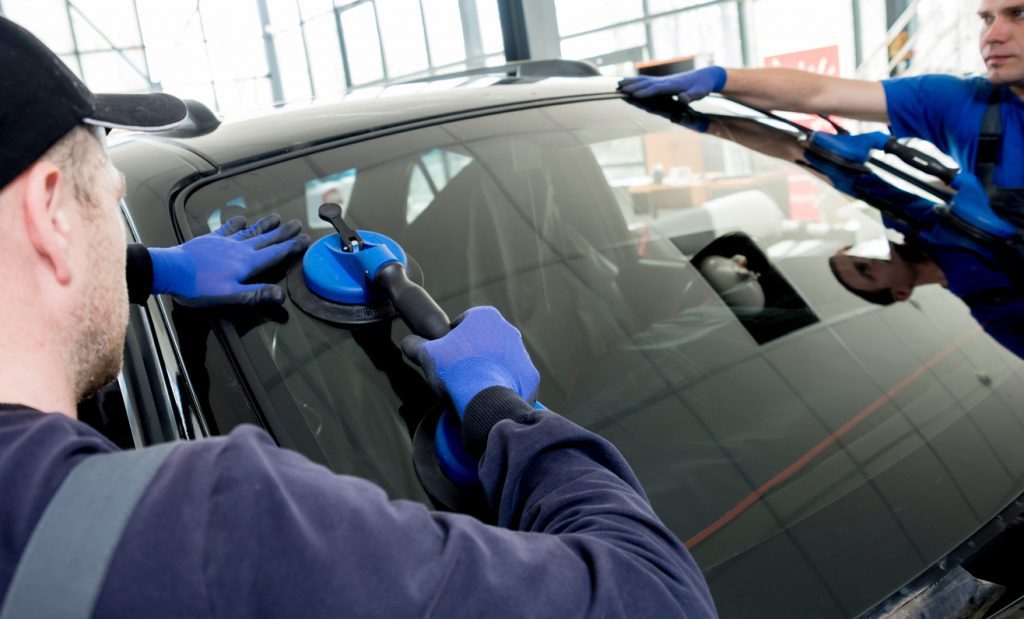
Tempered glass
The front windshield is often composed of tempered glass, a type of insulating material that is four to five times stronger than the glass used in regular windows. Moreover, tempered glass is also harder to break than conventional glass, making it ideal for car windows. Tempered glass is also used in rear and side-window replacements. Its inherent properties make it highly resistant to shards of glass, and it has a longer life span than other types of glass.
While the front windshield is made of tempered glass, the rear windshield is made of laminated glass. In laminated glass, two pieces of tempered glass are sandwiched together with an inner layer of plastic. The plastic layer, known as poly-vinyl butyral (PVB), prevents the glass from breaking when it is hit. The two pieces of glass are fixed together with adhesives, which help to seal the glass, and provide extra protection.
High-impact polycarbonate
Polycarbonate front windshields can be cut to your specifications. You can choose from standard or scratch-resistant polycarbonate. Screen printing, cold bending, and thermoforming are all options available. Depending on your vehicle, WeProFab can also screen print graphics onto the polycarbonate windshield. The company can also custom form the windshield to meet your specifications. WeProFab also offers a variety of custom-made windshield accessories, including mounting hardware and interior trim kits.
A polycarbonate windshield provides optimal visibility and protection from flying debris and ultraviolet radiation. It also reinforces the vehicle’s structure. Although polycarbonate is an exceptionally lightweight material, it must transmit a minimum of 70% of light for the vehicle to be allowed on public roads. In addition to protecting passengers from flying debris, a polycarbonate windshield will improve fuel efficiency and improve visibility. Its unique design minimizes harmful UV rays, increasing fuel efficiency.
Acrylic
While we’ve all heard of Plexiglas, you may not know exactly what it is, or what the term means. The front windshield of your car is an important part of your automobile. It not only protects the driver, but also the interior of your vehicle from damage caused by ultraviolet rays. In addition, standard acrylics are lightweight, weighing between 0.365 and 0.49 pounds per square foot. They are also very durable, strong, and can be polished back to a smooth finish.
Acrylic is also known for its durability and 99% UV protection. This material provides clarity and contrast to the artwork, and is shatter-resistant. It is ideal for traveling exhibitions and protecting your most valuable works of art. It’s also scratch-resistant and shatter-resistant. However, don’t get carried away by the price tag. The acrylic version is a good choice if you have an expensive artwork collection, or if you’d like to protect your more expensive pieces from the sun’s rays.

